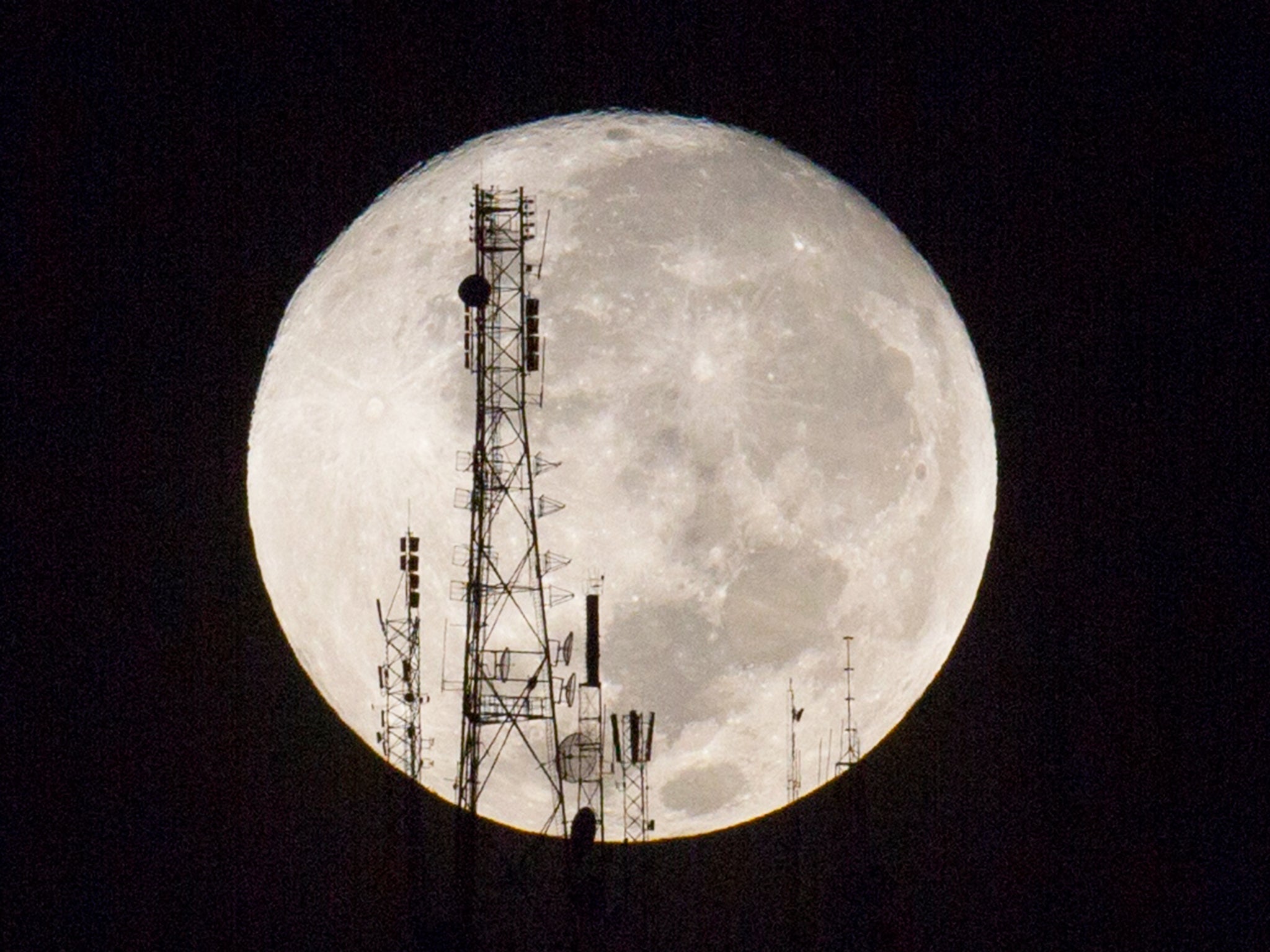Supermoon tonight will be last of 2015, and there won’t be another for nearly a year
The moon will look huge and bright for one night — and then not again until October

Your support helps us to tell the story
From reproductive rights to climate change to Big Tech, The Independent is on the ground when the story is developing. Whether it's investigating the financials of Elon Musk's pro-Trump PAC or producing our latest documentary, 'The A Word', which shines a light on the American women fighting for reproductive rights, we know how important it is to parse out the facts from the messaging.
At such a critical moment in US history, we need reporters on the ground. Your donation allows us to keep sending journalists to speak to both sides of the story.
The Independent is trusted by Americans across the entire political spectrum. And unlike many other quality news outlets, we choose not to lock Americans out of our reporting and analysis with paywalls. We believe quality journalism should be available to everyone, paid for by those who can afford it.
Your support makes all the difference.The last supermoon of the year will be seen tonight — and it’ll be nearly a year before the rare phenomenon can be spotted again.
Those heading out to look up at the moon will be treated to the sight of our closest neighbour looking especially big and bright. The phenomenon will bring 2015 to a close for supermoons — a year that also saw the supermoon blood moon, the first for decades.
Supermoons can appear up to 14 per cent bigger and 30 per cent brighter than they normally are. They happen when the moon is at its closest point to the Earth, known as perigee, which means that it looks much bigger from our perspective.
The sight should be visible all through the night, across the entire world. But in the UK, actually spotting it might be difficult since the Met Office is forecasting heavy cloud cover across much of the country.
October’s supermoon will be the sixth of 2015. August and September saw full supermoons — including the spectacular blood moon supermoon that occurred at the end of last month.
There’ll also be six supermoons in 2016. But all of the first three — on 9 March, 7 April and 6 May — happen when the moon is new, meaning that there’s very little to see.
Then there will be three full supermoons, on 16 October, November 14 and December 14.
Supermoons can happen when the moon is full or new. But since new moons can’t easily be spotted from Earth, the phenomenon can’t actually be seen.
Join our commenting forum
Join thought-provoking conversations, follow other Independent readers and see their replies
Comments